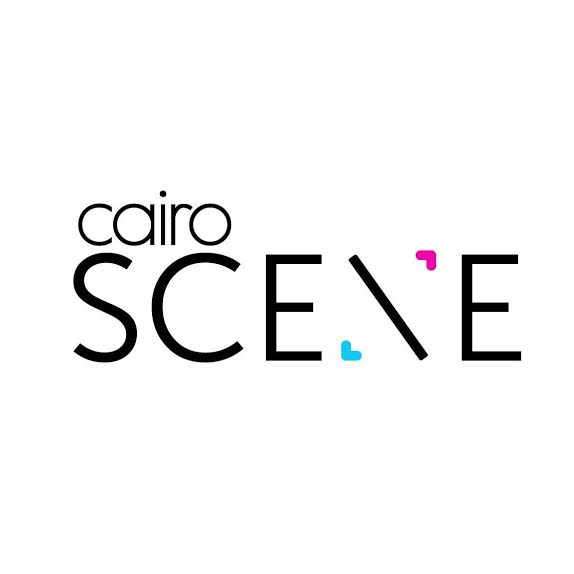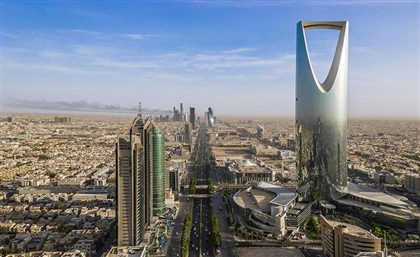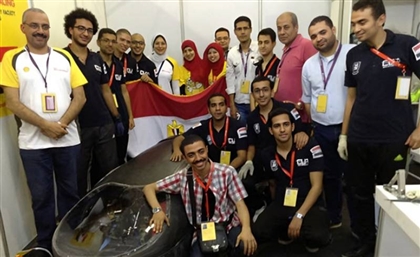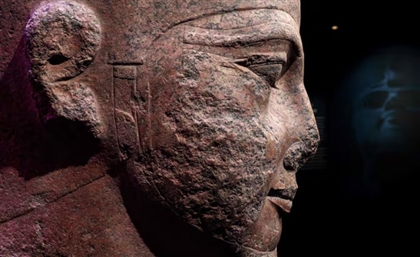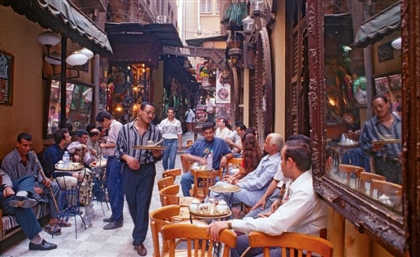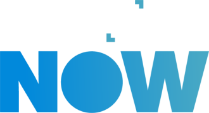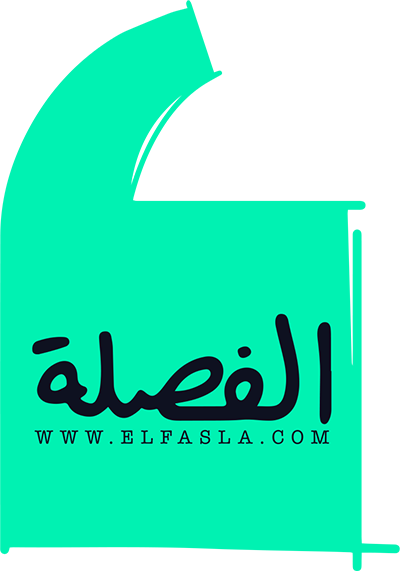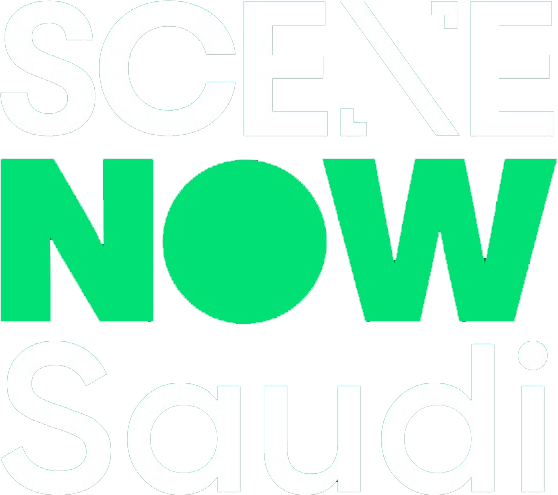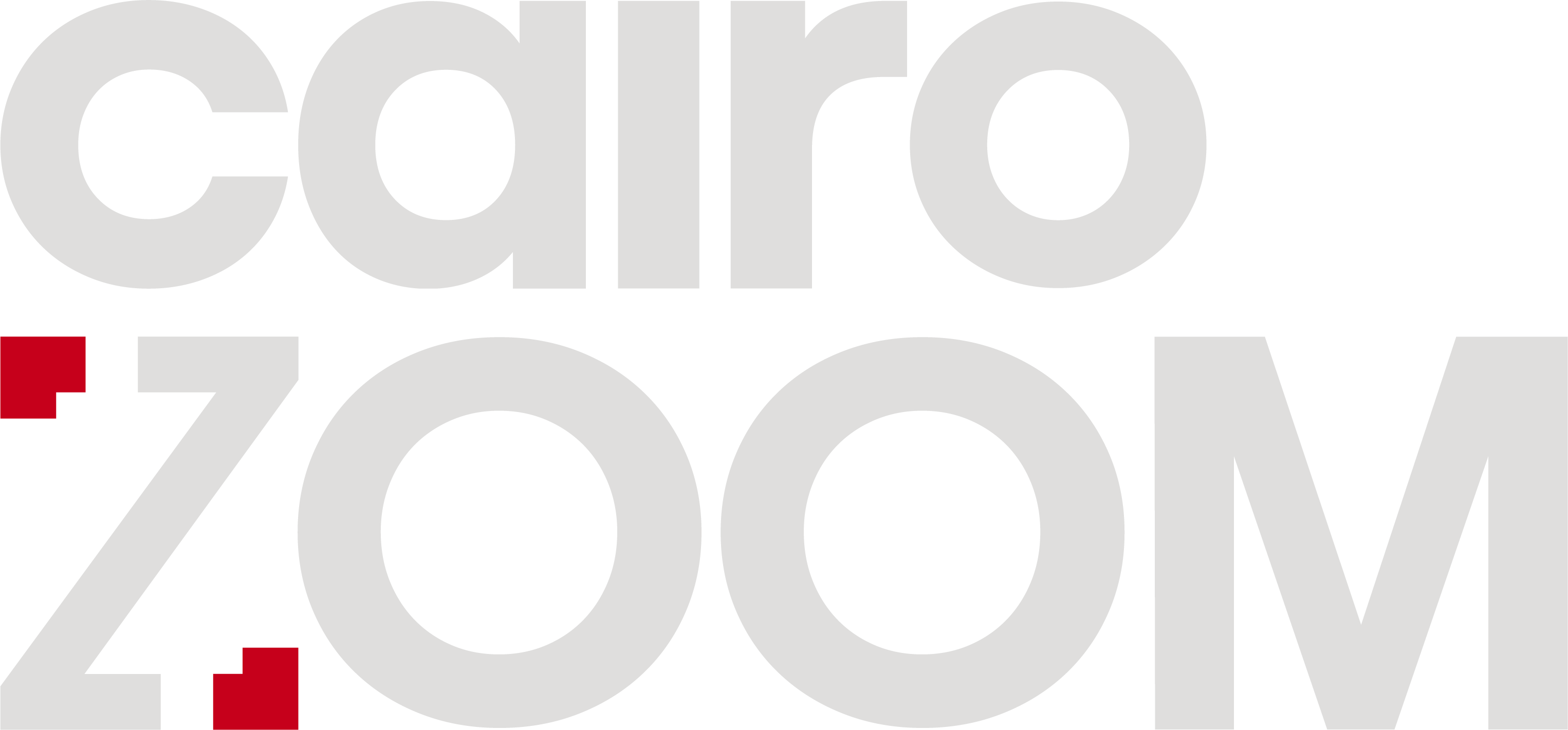7 Ways to Turn Your Startup an Eye-Candy: Tips from Egypt's Coolest Brand Manager
We get down to business with Roxanne Sami, managing director of RSd Designs, to get the scoop on how to make your business stand apart.
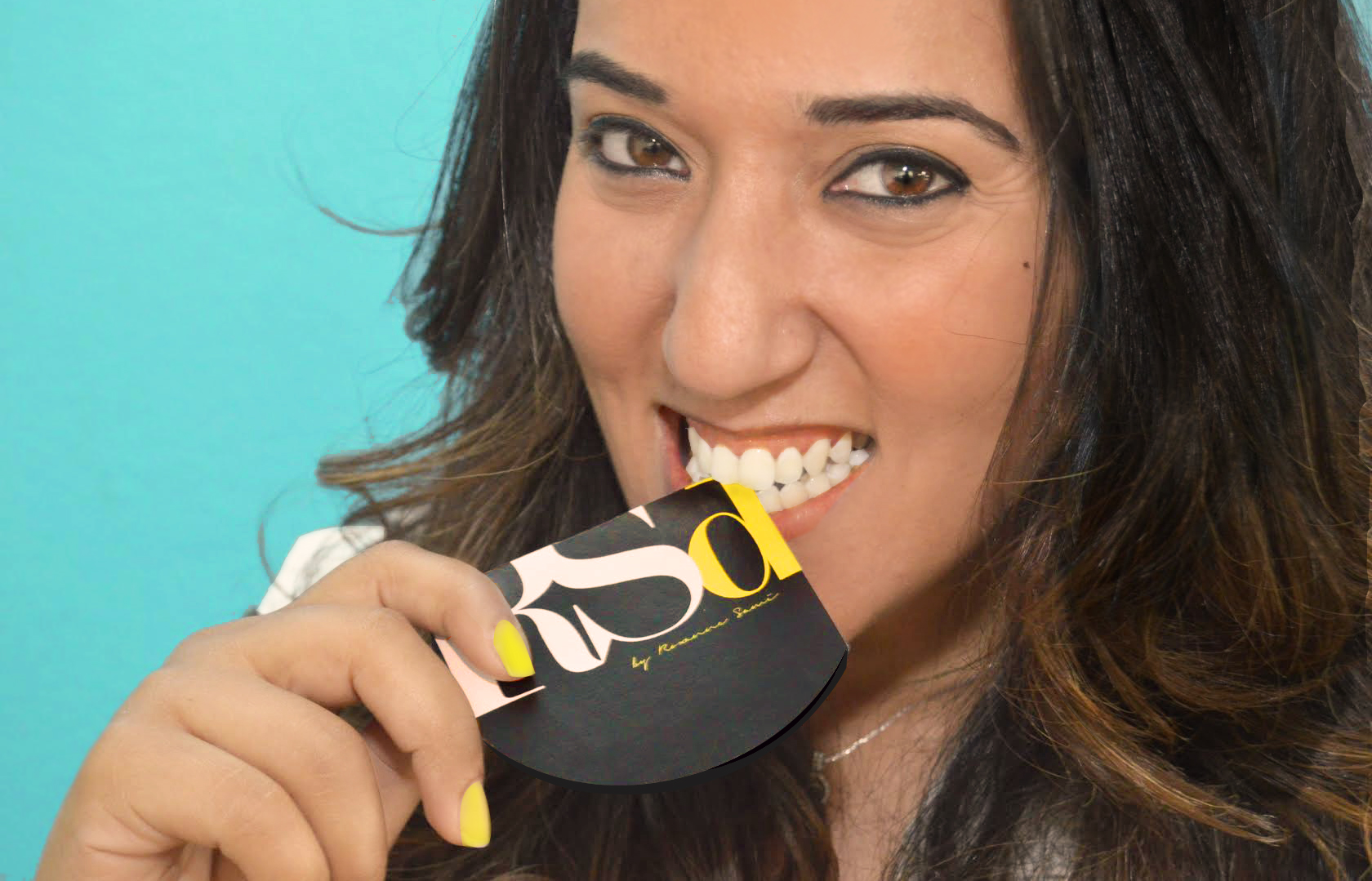
The effervescence of entrepreneurial activity that emerged in the aftermath of the 25 January revolution has placed Egypt as one of the world’s most vibrant startup hubs; but in a country brimming with nascent companies, how can entrepreneurs create a strong brand that gives them a head start? We listen close to Roxanne Sami, managing director of Egypt’s first freelance brand-management company, RSd Designs, as she unveils seven ways startups can turn their brand a delight to the eye.
Combining interior design and branding with a fresh approach, her company has created trendy solutions to clients in Egypt and abroad for the past three years, working with celebrities and industry giants of the caliber of Amr Diab. “We offer what we call the turn-key solution: we take a project from scratch, starting by its branding and extend to corporate identity,” Mohamed explains.
Her main focus, brand management, takes brand image to the next level, involving not only the logo and brand identity, but also the interior design, brand voice, artwork and merchandise .“It is not a one-off design but something constantly developed to maintain market position,” she says. In order to crystallise an idea into a strong tangible entity, these seven tips need to be taken into account.

1. Start off with a top-class logo and a professional business image to achieve strong visibility in the market. Work on your identity: as more and more logo designs are out there, yours must be more and more different, memorable, reachable for all cultures, and appealing to different perceptions.
2. Your identity shouldn’t have an expiry date. Follow the trend, but not to the extent that your brand identity expires when the trend is gone. Your brand image needs to be extended for a minimum of five years, staying alive even when trends have changed and public perception switches focus. “That´s why we need to be clever when following trends,” she says.
3. Work across a variety of mediums and sustain visibility. A lot of designers now sketch their logos and post it on social media. A logo should be adaptable to all printing mediums such as paper, plastic, and textiles. The logo is not just the sketch. For our client Investment Gate, we worked on a total branding project. All their publications were printed outside Egypt, so we had to provide all the logo versions perfectly printable on all materials. The English are very meticulous, so it was a challenge to give them a fit and professional brand to fit all their needs. Since we can’t supervise the printing process, this doubles the work.

4. In a brand, colour is a key player. "We study colours and the emotions they trigger, whatever color you use, you need to know how it will affect your image and identity. Choosing font is key as well."
5. Every logo has a story to tell. You need a story behind the logo: it makes it more rich, and memorable; it is not just a shape. Brand identity should also reflect your ideology, embedded in every single shape, from icons to the word mark you use; it has to reflect your corporate culture.
6. Not everybody needs a new logo. If you have a visible identity, changing the logo can affect your brand identity. Sometimes you just need a face-lift, instead of a new brand or logo. This means uplifting the image, making slight changes in the colouring or graphics used, or revisiting the font. “When Italian company Siltal came to Egypt, we were faced with the challenge of creating a new corporate identity that would enable people to relate the old and the new brand,” Mohamed recalls. “So we did a complete corporate identity and worked on updating the logo, keeping the font but making tiny changes in the design, with colour enhancements and effects so that it reflects the new era. The real challenge was that they were Italian, who have a very artistic eye,” she adds.

7. Branded interior design. Although an important part of building your brand, interior design “is only a must if you require people to visit your premises,” Sami clarifies. When the company has a public space, it is a fundamental tool. “When we designed Amr Diab’s office and studio, we faced the challenge of using his very-well known identity to decorate, so we used complimentary shapes, taking his photographs and posters with filters and decorative items. We also used music instruments that reflect his métier,” she says. “But we discussed it a lot with him to fit his needs.”
- Previous Article Musical Moment by Bonjorno
- Next Article 10 Strictly Egyptian Moustaches That Will Inspire You This Movember



